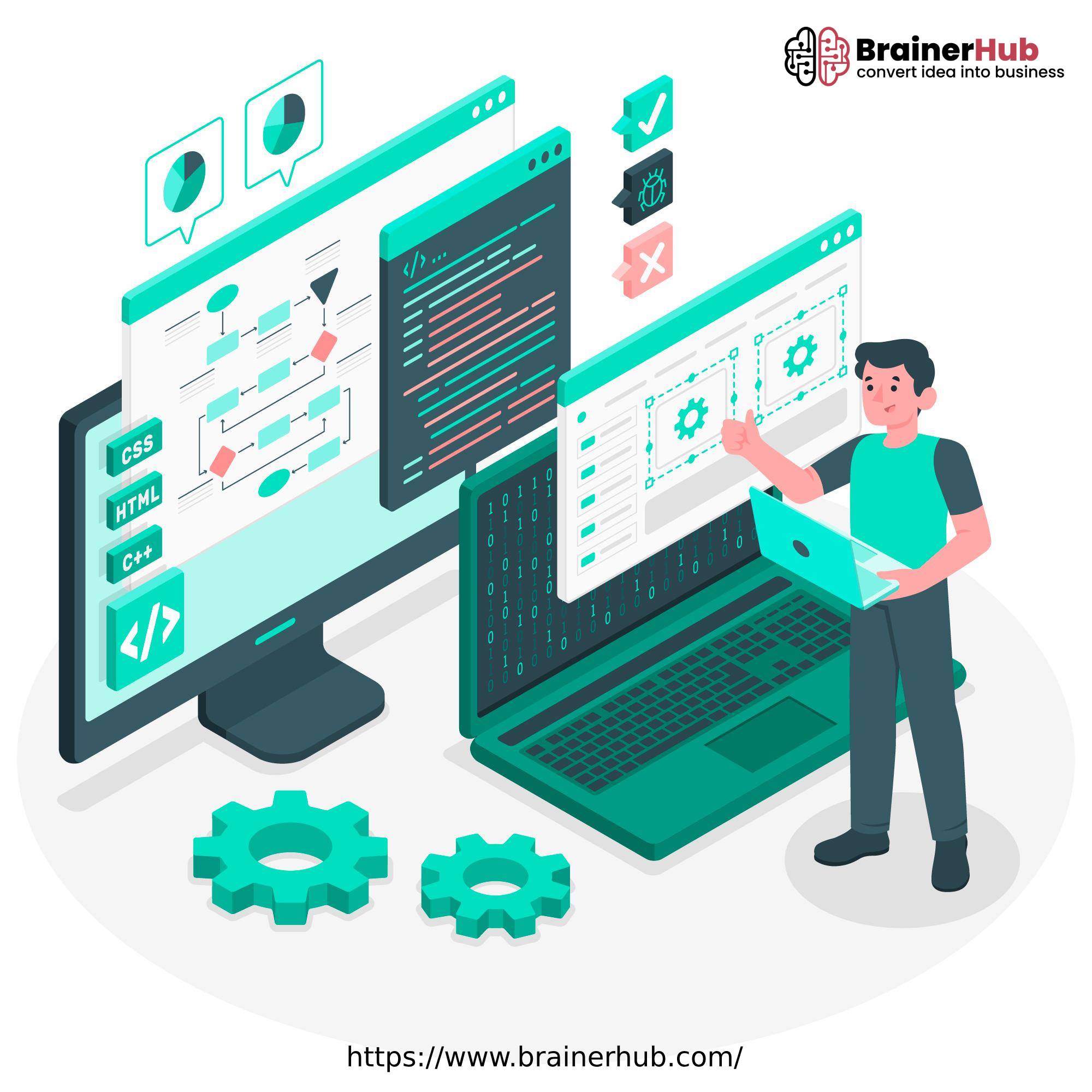
5 minute read
A brief evaluation of web development frameworks tailored for your project.
What Is A Web Development Framework?
A web development framework is a structured and pre-established set of tools, libraries, conventions, and best practices designed to streamline the process of building and maintaining web applications. It provides a foundation and standardized structure that allows developers to efficiently create, organize, and scale web projects. These frameworks typically include components for handling common tasks such as routing, database interactions, authentication, and more, thereby promoting code reusability, maintainability, and scalability. Web development frameworks come in both frontend and backend varieties, offering developers a cohesive and organized approach to constructing robust and feature-rich Web Application Development. Popular examples include React and Angular for frontend development, and Django and Ruby on Rails for backend development.
What is Frontend Framework?
A frontend framework refers to a collection of pre-written code, tools, and conventions that streamline the development of the user interface and user experience of a website or web application. It typically includes components, libraries, and design patterns that enable developers to create responsive, visually appealing, and interactive interfaces. Frontend frameworks, such as React, Angular, or Vue.js, are essential for efficient web development, as they provide a structured approach to building the client-side of a web application, ensuring consistency and ease of maintenance.
What is Backend Framework?
a backend framework pertains to a set of tools, libraries, and conventions designed to facilitate the development of the server-side of a web application. Backend frameworks, like Django, Ruby on Rails, or Express.js, provide an organized structure for handling server logic, database interactions, and server-to-server communication. They enable developers to build scalable, secure, and efficient server-side components, ensuring the smooth functioning of the entire web application. Backend frameworks play a crucial role in managing data, processing requests, and executing business logic, contributing to the overall functionality and performance of a web application.
In the dynamic world of web development, choosing the right framework is crucial for the success of your project. With a plethora of options available, each catering to different needs and preferences, a quick comparison can help you make an informed decision. In this article, we will delve into the features, strengths, and use cases of some popular web development frameworks, aiding you in selecting the one that aligns best with your project requirements.
Choosing the right framework is crucial for the success of your project
Angular
Angular, developed by Google, is a robust front-end framework that facilitates the development of dynamic and scalable web applications. Known for its two-way data binding and modular architecture, Angular is an ideal choice for single-page applications (SPAs). Its extensive community support and a rich ecosystem of libraries make it suitable for large-scale projects.
React
Maintained by Facebook, React is a declarative and efficient JavaScript library for building user interfaces. Known for its virtual DOM and component-based architecture, React excels in creating interactive user interfaces. React Native, an extension of React, allows for cross-platform mobile app development, making it a versatile choice for projects with mobile requirements.
Vue.js
Vue.js is a progressive JavaScript framework that is incrementally adoptable, making it easy to integrate into existing projects. With a simple and flexible structure, Vue.js is a great choice for developers seeking a lightweight framework. It offers reactive data binding and component-based architecture, providing an efficient and scalable solution for building modern web applications.
Django
Django is a high-level web framework written in Python that follows the "Don't Repeat Yourself" (DRY) principle. With a built-in admin panel, an ORM system, and strong community support, Django is excellent for rapid development of secure and maintainable web applications. Its batteries-included philosophy minimizes the need for third-party libraries, ensuring a cohesive and integrated development experience.
Ruby on Rails
Ruby on Rails, often referred to as Rails, is a web application framework written in Ruby. Known for its convention over configuration (CoC) and don't repeat yourself (DRY) principles, Rails emphasizes developer productivity and code simplicity. It comes with a set of conventions and predefined structures, allowing developers to focus on business logic rather than configuration.
Flask
Flask is a lightweight and micro web framework for Python, designed to be simple and easy to use. While it provides less built-in functionality compared to Django, Flask offers more flexibility, enabling developers to choose their preferred tools and libraries. Flask is a great choice for small to medium-sized projects or when developers prefer a more modular approach.
Express.js
Express.js is a minimal and flexible Node.js web application framework that provides a robust set of features for web and mobile applications. It is the de facto standard server framework for Node.js and is widely used to build scalable and efficient server-side applications. Its simplicity and performance make it a preferred choice for projects requiring a lightweight and fast backend.
Conclusion
In conclusion, the choice of a web development frameworks depends on various factors, including project requirements, developer preferences, and scalability needs. Each framework mentioned here has its strengths and use cases, catering to different aspects of web development. Whether you prioritize a powerful front-end library like React, a full-stack solution like Django, or a lightweight micro-framework like Flask, understanding the nuances of each framework will empower you to make an informed decision based on the specific needs of your project. Always consider factors such as community support, documentation, and scalability when making your choice, as these elements play a crucial role in the success of your web development endeavors.

